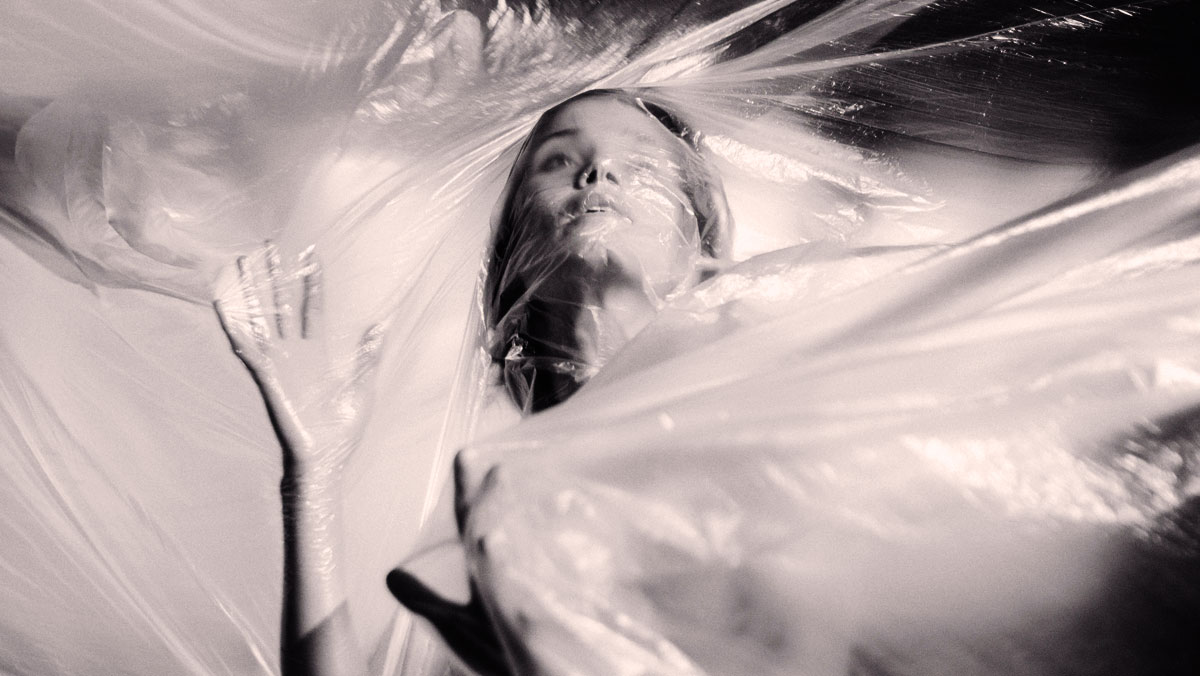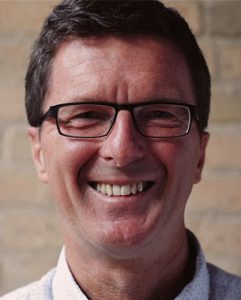
How often do we hear ‘brand purpose’ being thrown around, misused, misplaced, and mismanaged? Too often, nowadays. Just like with branding itself, there’s a lot of mysticism surrounding the meaning of brand purpose. Some brands fake it, some don’t know that it’s there, and some right out ignore it. So, what’s the deal with purpose, anyway?
In search of an answer, Brandingmag sat down with Dion Hughes, Founder of HiBAR, discussing the meaning of brand purpose and what it takes to build a true purpose-driven brand.
Brandingmag: What is the meaning of brand purpose to you and how often have you found it present in the brands with which you’ve worked?
Dion Hughes: “Brand purpose” has often been misinterpreted and skewed into disingenuous marketing tactics.
My creative consulting company has been working on more and more of these types of projects, helping companies discover, catalyze, and express their soul — and we’re seeing that, as far as a deeper meaning or broader impact, it’s really about the purpose of a business. Of course, the number one purpose is to make money, providing livelihoods for its employees. But it should also be the purpose of a business to make a positive contribution to society, in the products and services it provides, and in how it does business, how it treats people and the world we all live in. Where brand purpose goes wrong is when a brand wraps itself in a cause that has little to do with the underlying business.
To be a meta-cynic, though, you could argue that even as fake as some brand purposes are, their existence does raise general awareness of various issues and promotes the importance of businesses and brands to be making positive impacts.
Bm: In your four decades of business, how many brands have you encountered that are really striving to make a difference in the world (not just CSR for the sake of PR)?

DH: Sadly, relatively few. Of course, my agency has worked on many non-profits, where their entire reason for being is positive impact. But as for companies that exist to make money, making a difference is more of an afterthought.
Bm: HiBAR, the company you co-founded recently, has an environmental cause – reducing plastic pollution – as its brand purpose. How did you arrive at this decision?
DH: It was really flat out disgust at the plastic pollution mess. I’d recently been on a family beach vacation where I saw plastic trash washed up on a beach from horizon to horizon. Upon returning home, I was standing in the shower and I noticed how many plastic bottles we had. So I went shopping around for a non-plastic shampoo, but could not find a single one that I liked. So I started to wonder ‘how hard can it be?’ (Pretty hard, as it turns out.)
Bm: How are you building and growing the brand culture inside HiBAR, so that it stays true to the purpose?
DH: We look at everything we do through the lens of getting rid of plastic. That means making tough decisions on who we partner with — we’ve said no to retailers who insist we ship our products to them in plastic, for example. We’ve had to re-invent some of the standard practices that many manufacturers follow. And we are tying employee incentives to the number of plastic bottles we eliminate.
Bm: Is this brand purpose (and promise) giving you the business edge that it should, given what the branding industry is saying about consumers caring more and more about purpose?
DH: When we started, most industry experts warned us that the world was not ready for a product like ours. But we felt the experts were either wrong now or would be wrong one day. So we pressed on, with the belief that there is a large and growing number of people actively looking for ways to eliminate plastic from their lives. So, it’s not exactly brand purpose as an abstract pursuit. It’s a product that helps solve a really big problem.
Bm: You say that creativity can have a great impact on businesses – and you’ve proven it with HiBAR. How tough was the process of designing it and how did creativity help?
DH: It’s been one of the most rewarding and enjoyable experiences of my entire career. I believe that commercial creativity, at its core, is about problem-solving. Usually, at least in advertising, that means trying to find a new way to articulate a brand’s unique qualities, but for HiBAR, the creative problem-solving has gone even further. What should it look like, smell like, feel like? How should it behave? How should it relate to customers on social media?
But we followed the same process we do for any project. We cast and orchestrate talented, like-minded specialists. For our communications projects, that might mean designers, writers, media planners, quant. analysts, etc. For HiBAR, it meant chemists, manufacturing consultants, sales agencies, retail consultants, and so on.
I believe that commercial creativity, at its core, is about problem-solving.
Another element of creativity, that is also true in its application to communication, is being able to see an idea before it actually physically exists in the world. The vision for what became HiBAR was very strong and clear in my head, almost from day one. That was very useful, as one expert after another, told us the world wasn’t ready, or the idea was bad, or that people would never buy a solid shampoo. Then suddenly, when it’s an actual, beautiful product, in stunning packaging, with a clean and elegant website, everyone says ‘well, of course!’ But our ‘of course’ moment had come years before.
Bm: If you could choose another market segment in which to start a business with a different environmental or humanitarian cause as its core driver, which segment would it be and why?
DH: It’s hard to pick one. The world has so many problems. I just encourage people — would-be entrepreneurs — to find that thing that makes them the angriest, and go fix it.
If I stayed in plastic, I’d just walk up and down the aisles of the supermarket looking for another stupid over-reliance on lazy plastic packaging. If I stayed in environment, I’d probably focus more on climate change. That’s the elephant. But I’d have no idea where to start. And if I pulled back even wider, I’d be interested in education. To me, information, knowledge, and wisdom are the keys to solving problems and avoiding them in the first place.
Bm: What are three key aspects that consumer brands should change in order to become more sustainable and more environmentally-friendly?
DH: A lot of consumer brands need to be redesigned from the ground up to get rid of plastic. And their supply chains have to be redesigned to have a lower carbon footprint. And above all, but almost impossibly, brands must cure themselves of the need to sell more and more stuff. That’s never going to happen, but the drive to create cheaper products has led to this mindset of disposability. Sigh.
Image source: Velizar Ivanov